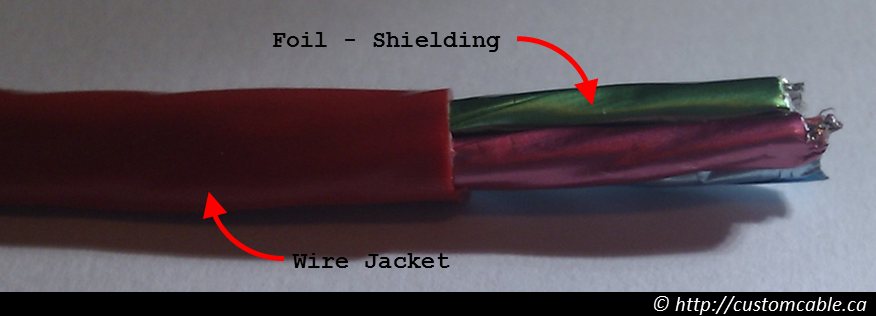STP vs UTP Cables: Application Comparison

Differentiated physically by little more than a conducting shield, shielded twisted pair cables and unshielded twisted pair cables nonetheless have different advantages, disadvantages, and best applications.
Both shielded twisted pair (STP) and unshielded twisted pair (UTP) have interference canceling capacities, however the way that each one is designed to cancel the interference is different. Interference caused by power lines, radar systems or other high power electromagnetic signals, called noise, can cause an imbalance in the current flowing through the shield or conductors of the cables which interferes with the signal. STP cables have a conducting shield made of metallic foil encasing the twisted wire pairs, which blocks out electromagnetic interference, allowing it to carry data at a faster rate of speed.

However, they have several disadvantages. STP cables work by attracting interference to the shield, then running it off into a grounded cable. If the cable is improperly grounded, then its noise-canceling capabilities are severely compromised. Additionally, STP cables are bigger than UTP cables, and are more expensive. Finally, they are more fragile than UTP cables, as the shield must be kept intact in order for them to work properly. The best use for STP cables are in industrial settings with high amounts of electromagnetic interference, such as a factory with large electronic equipment, where they can be properly installed and maintained.

UTP cables are the most commonly used cables for ethernet connections, and have a number of advantages. They rely on the cancellation affect caused by the twisting of the wire pairs to handle noise, which is more than enough for most domestic uses. They are also smaller than STP cables, which makes them easier to install, particularly in bulk or in narrow spaces. They are easier to install than STPs, and do not require the presence of a grounding cable. UTP cables are also cheaper than STP cables, and do not require as much maintenance, since they do not rely on an outer shield, and can transmit data as fast as STP cables. However, they are more prone to noise than properly installed and maintained STP cables. They are best used for domestic and office ethernet connections, and in any area where there is not a high degree of electromagnetic interference.
While both STP and UTP cables have their pros and cons, when installed and maintained properly in a situation appropriate to their uses, both work perfectly fine.